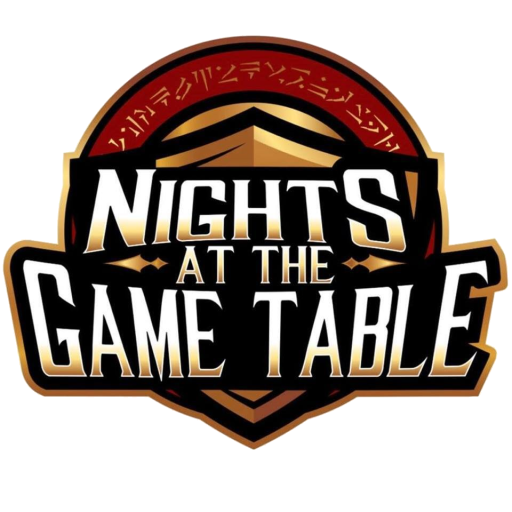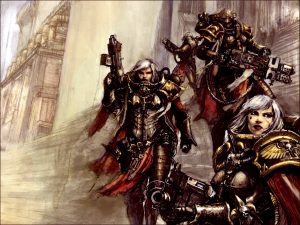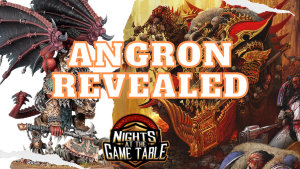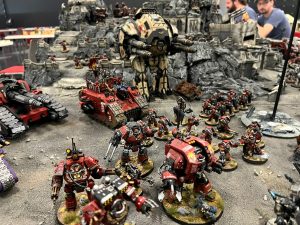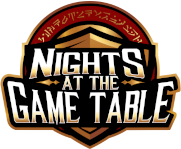You’re about to learn how to play Warhammer 40k 9th Edition faster than ever! Now the start of Warhammer is very simple. You and your opponent are going to start by rolling the dice to see who gets the first turn. The highest roll wins.
From there, the winner of the roll will take their entire turn first and then the other person will take their turn afterward.
There are 5 turns that each of you will have. Each of you will complete a turn and accumulate as many points as possible to win. In this How to play Warhammer 40k 9th Edition explained in 10 minutes or less article we will gloss over the command phase. Know that you gain a command point and some scoring happens in this phase.
In this “how to play Warhammer 40k 9th Edition explained in 10 minutes or less” article we will gloss over the command phase. Know that you gain a command point and some scoring happens in this phase.
Movement Phase:
At the very beginning of the game, you’re going to look at your unit and see what their statistics are. Every single model in the game has a set profile. And the first thing you’re going to look at is “M” which is for movement.
If M says 5 inches then your unit moves 5 inches.
Shooting Phase:
Now at the end of the movement phase, you get to shoot with your models.
So you’re going to check out the range of your gun to see how many of your models can shoot. If the range to shoot is 14 inches measure it with the tape measure. Are any of the models in your unit out of range? If so, that model doesn’t get to fire the targeted enemy unit.
Look at the profile to see how many times your gun fires. For example, Assault 1 means each model with an assault weapon shoots once. Learn How to use Pistols. Other ranged weapons are covered as well.
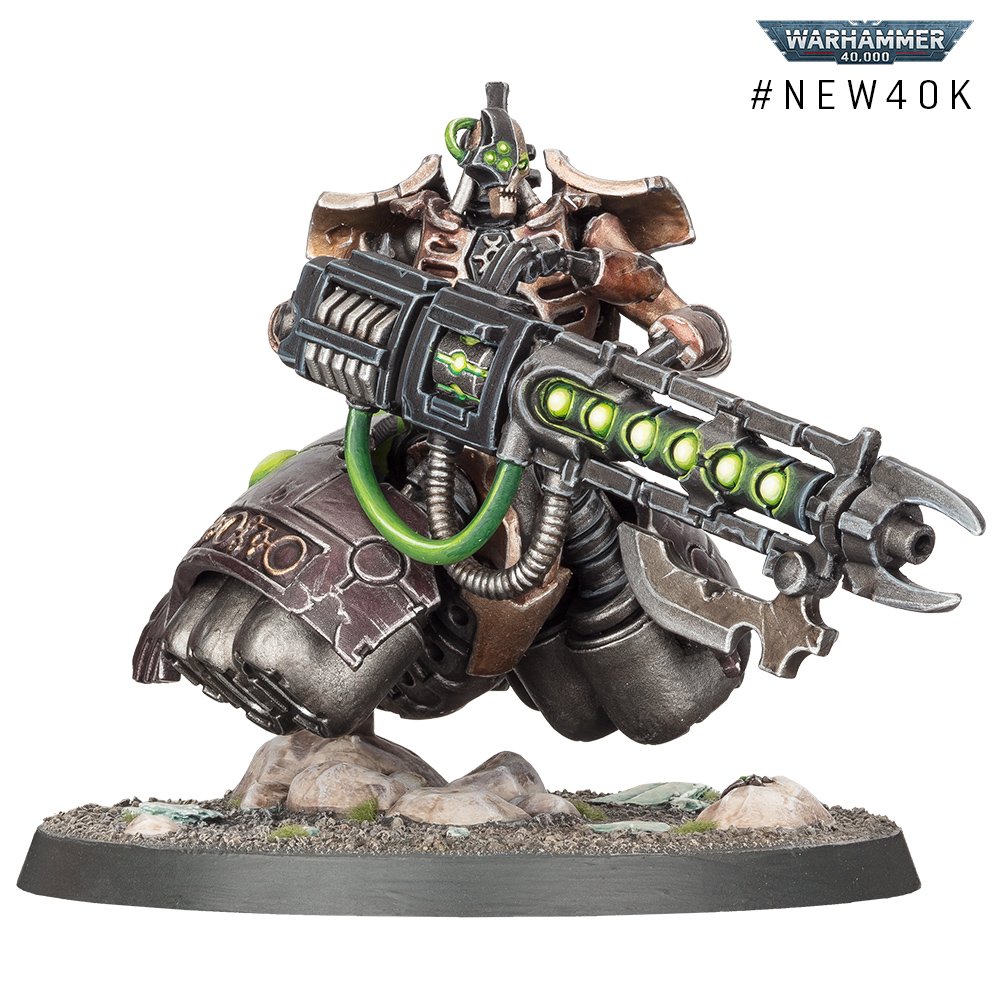
Now you’re going to see how accurate your unit is at shooting. I do this by looking up the statistic called the ballistic skill. If your ballistic skill is 3+ then you need to roll a 6 sided die and if it lands on a 3 or higher it hits.
Next, we’re going to see how much damage your guns actually did to your opponent. We do this by comparing the strength of your weapon against the toughness of your opponent’s unit. If the strength is greater than my opponent’s toughness it’ll be easier for me to succeed. I would need to roll a 3 or higher again. If my strength was equal to my opponent’s toughness, I would need to be rolling a 4 or higher. Respectively, if my strength was less than my opponent’s toughness I would need to roll a 5 or higher to succeed.
Here’s a quick easy-to-remember break down:
-Strength 8 against toughness 4 means you roll a 2+ to wound
-Strength 5 against toughness 4 means you roll a 3+ to wound
-Strength 4 against toughness 4 means you roll a 4+ to wound
-Strength 3 against toughness 4 means you roll a 5+ to wound
-Strength 2 against toughness 4 means you roll a 6+ to wound
So you’ve aimed for accuracy, then compared the likelihood of your bullet penetrating your opponent’s armor.
Now we’re going to see if your opponent’s armor save is capable of protecting them. So what we do is we look at their saving throw stats. If it says 3 or higher they would have to roll a 3 or higher for each successful wound made against them.
However, some weapons are specifically designed to penetrate through armor and reduce their armor save. The stat is going to be labeled “AP” for armor penetration.
It reduces whatever you roll on the die. An AP -2 means whenever you roll a 3, it’s actually going to be a 5. So you’re going to need to roll 5 or higher on each of the dice in order for the armor to deflect the bullet.
Next, compare the number of wounds it would cause to the enemy unit to the number of wounds their model has. Space Marines have 2 wounds each. This means you need to wound them 2 times for one model in a unit to die.
That’s the end of the shooting phase.
Charge Phase:
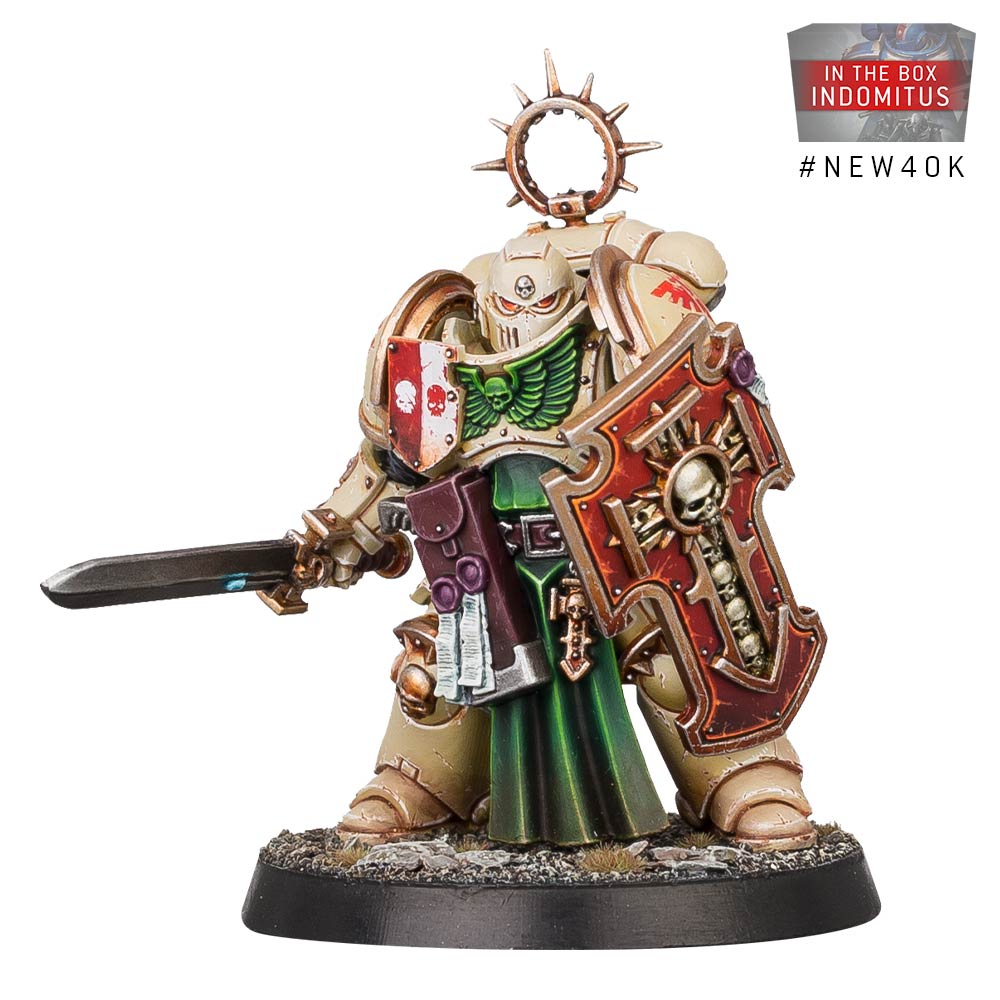
Roll two dice. You want to roll a number that matches or exceeds the number of inches it would take for your unit to be within one inch of your opponent’s unit. For example, if you want to charge a unit 4 inches away then you’d roll two dice to see if you roll a 4 or higher.
If you roll or a 3 or lower. The charge fails and you do not engage in close combat and your unit does not move.
If we succeed in rolling a 4 or higher we are now in engagement range with the enemy unit.
After succeeding the charge roll we can also do a pile in which is an extra 3-inch movement to bring your models that are further back closer to the enemy.
Fight Phase:
Now what we do is we see how many attacks each model has in the stats it will be listed under “A” for attacks. Many models have more than one attack each. For example, a unit of 5 models with 2 attacks each will make 10 attacks total.
Then we consider the weapons skill of your unit. This will be labeled “WS.” It’s how good your aim is with your close combat weapon. Some armies and units have better aim than others. For example, a unit with a WS of 3+ will hit on a 3 or higher. 1’s and 2’s are considered misses.
Now we’re going to compare the strength of your melee weapon against the toughness of your enemy unit. The same rules apply here as they do in the shooting phase.
Here’s a quick easy-to-remember break down:
-Strength 8 against toughness 4 means you roll a 2+ to wound
-Strength 5 against toughness 4 means you roll a 3+ to wound
-Strength 4 against toughness 4 means you roll a 4+ to wound
-Strength 3 against toughness 4 means you roll a 5+ to wound
-Strength 2 against toughness 4 means you roll a 6+ to wound
Now the enemy unit makes a saving throw against the number of successful wounds you just rolled. If your weapon has an AP modifier let your opponent know so they can take it into consideration when they roll to save.
In the fight phase, your opponent can fight you back even on your turn. The reverse is also true. So you will have a chance to fight back with a unit on their turn after they’ve finished hitting you.
This only applies if there is at least one model that survived the fight phase. If a unit is wiped out then there is nothing to fight back with.
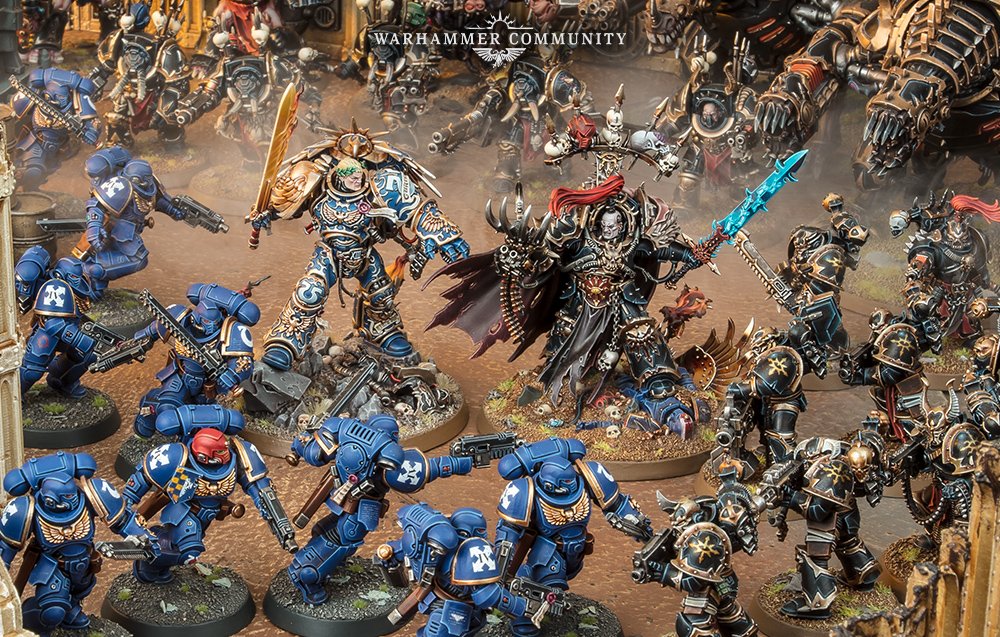
Morale Phase:
At the end of your fight phase, you count how many enemy models were killed from each unit during your turn. Your opponent will then roll a dice and add that number. If the number is higher than the enemy unit’s leadership save then they run away out of fear and are removed from the board.
The game will continue like this until the end of both player’s turn 5 or until one player loses all of their units.
The person with the highest points at the end of the game wins. That has been How to play Warhammer 40k 9th Edition explained in 10 minutes or less.
If you’d like to have a free guide that gives everything you need to paint miniatures faster, play the game better, find more time to play, and save money on miniatures then click the link here: https://bit.ly/40kFreeGuide
If you’d like the Nights Team to give you a custom Army List designed for you free of charge click this link to schedule a list building session with one of our team members: https://nightsatthegametable.youcanbook.me
As always thanks for reading!
Special thanks to Games Workshop for the use of their images and for making the best game ever!
